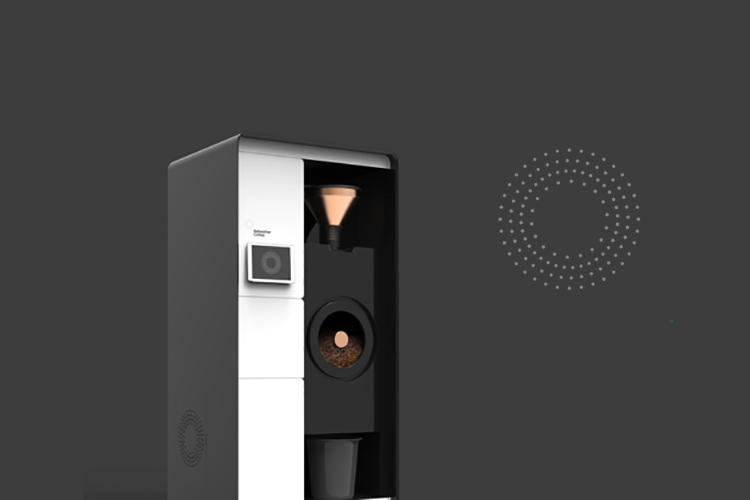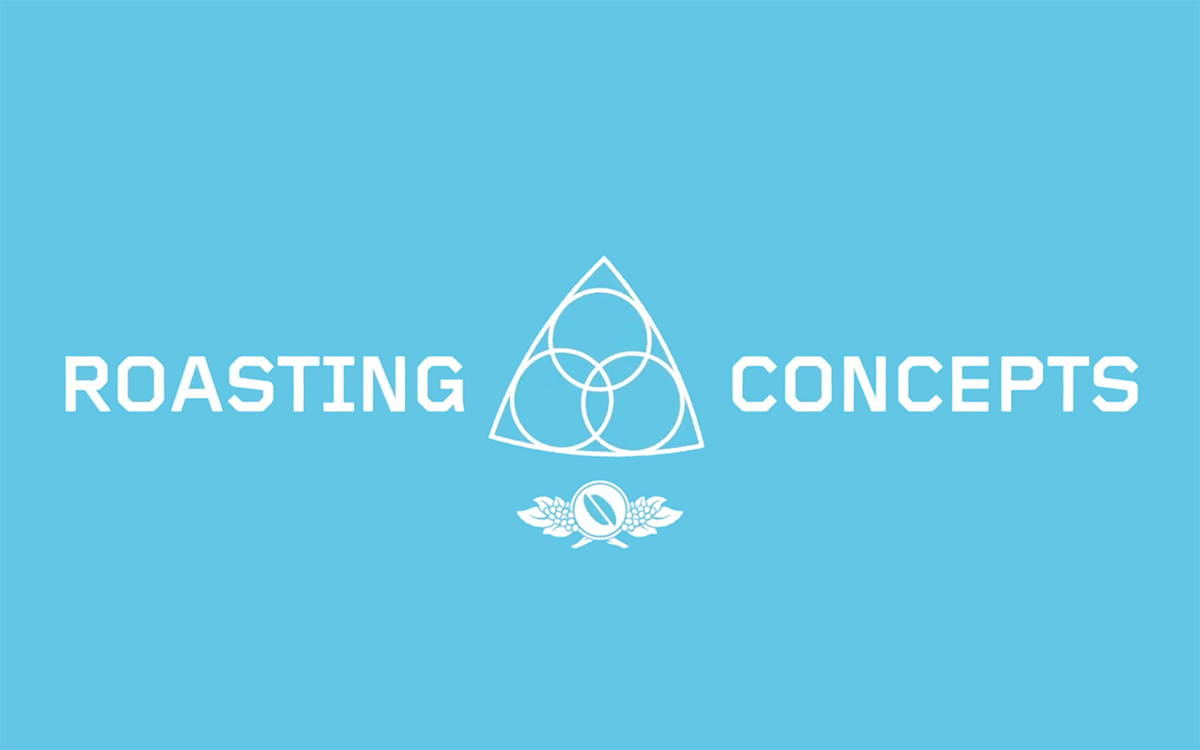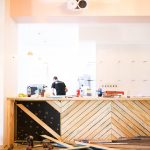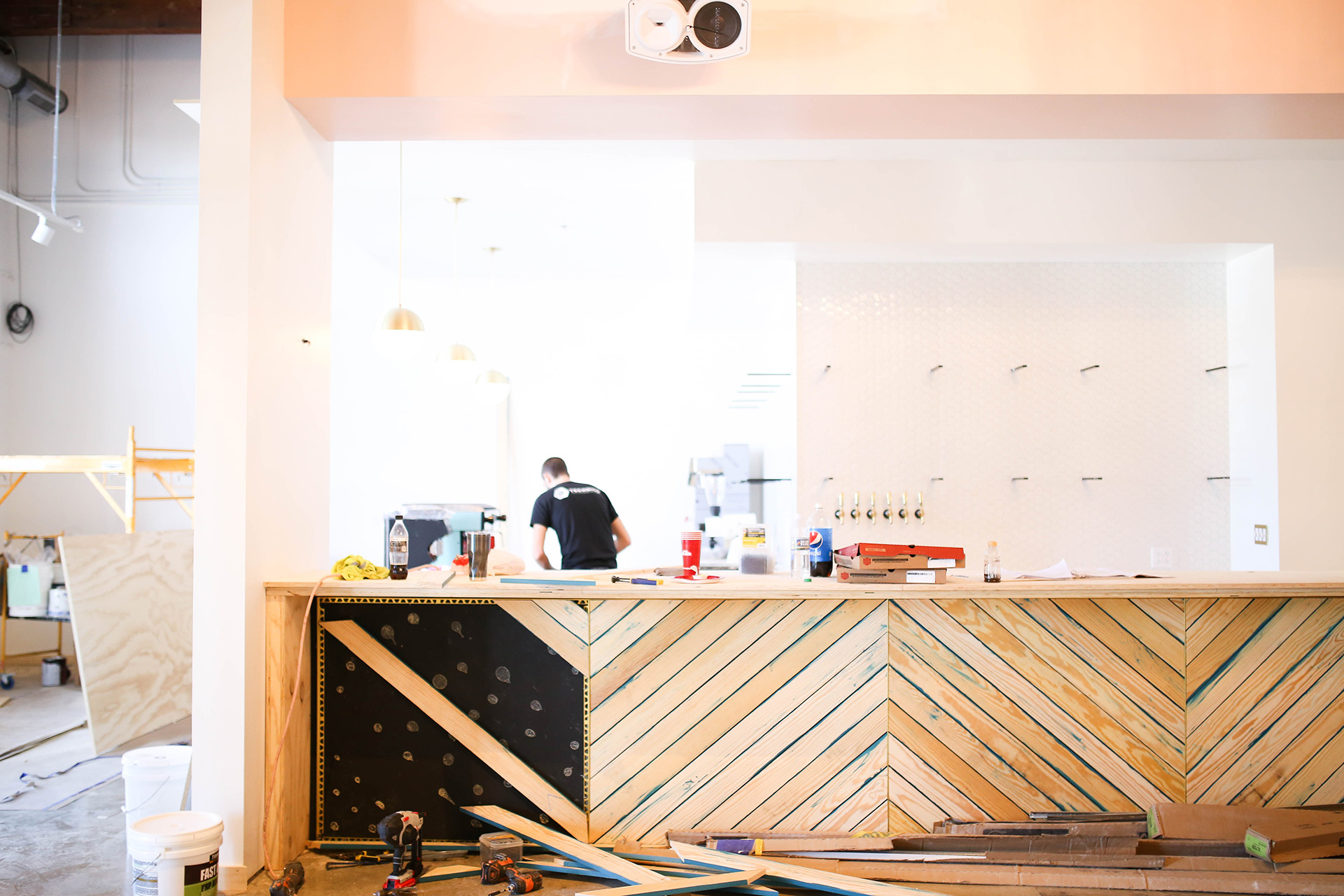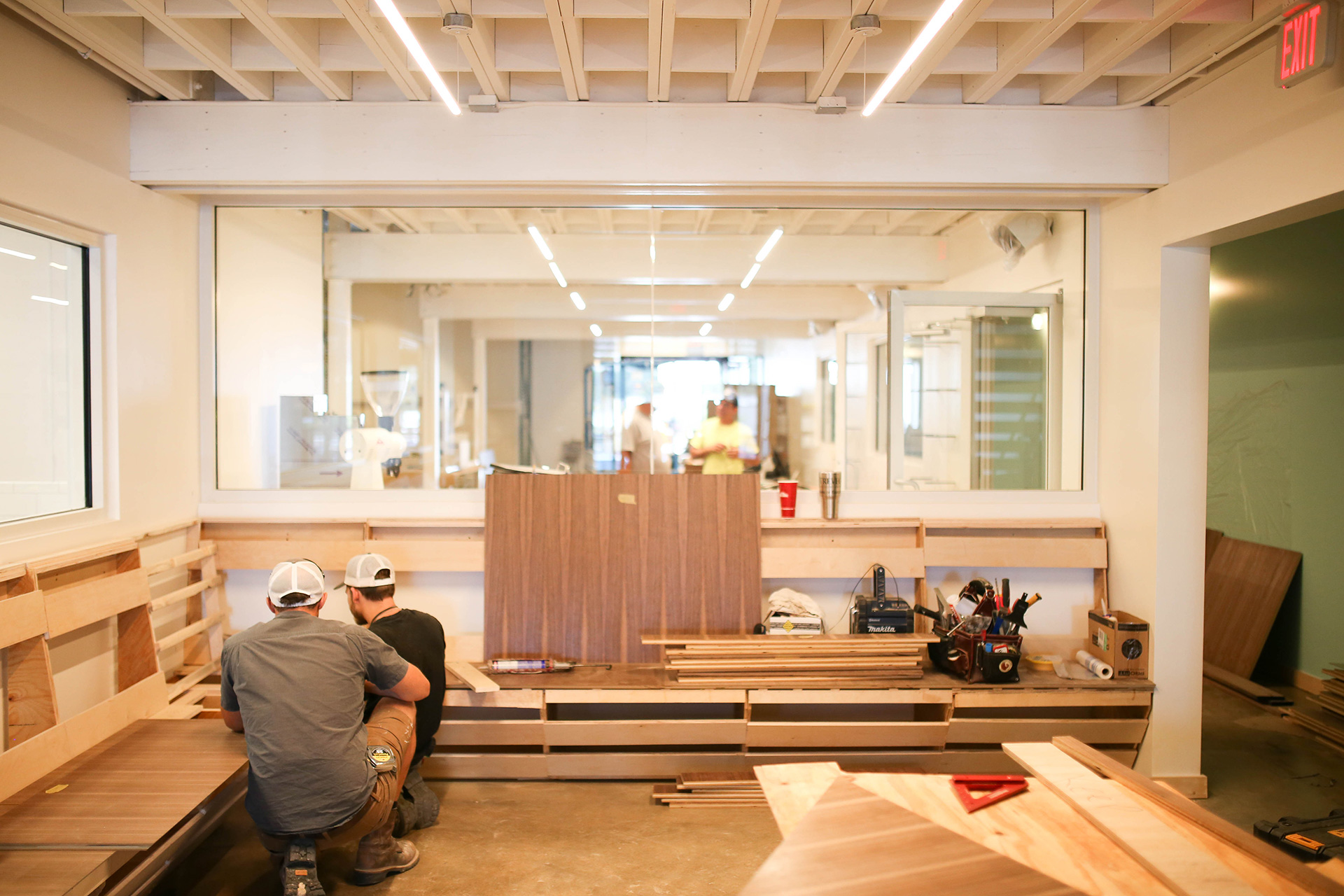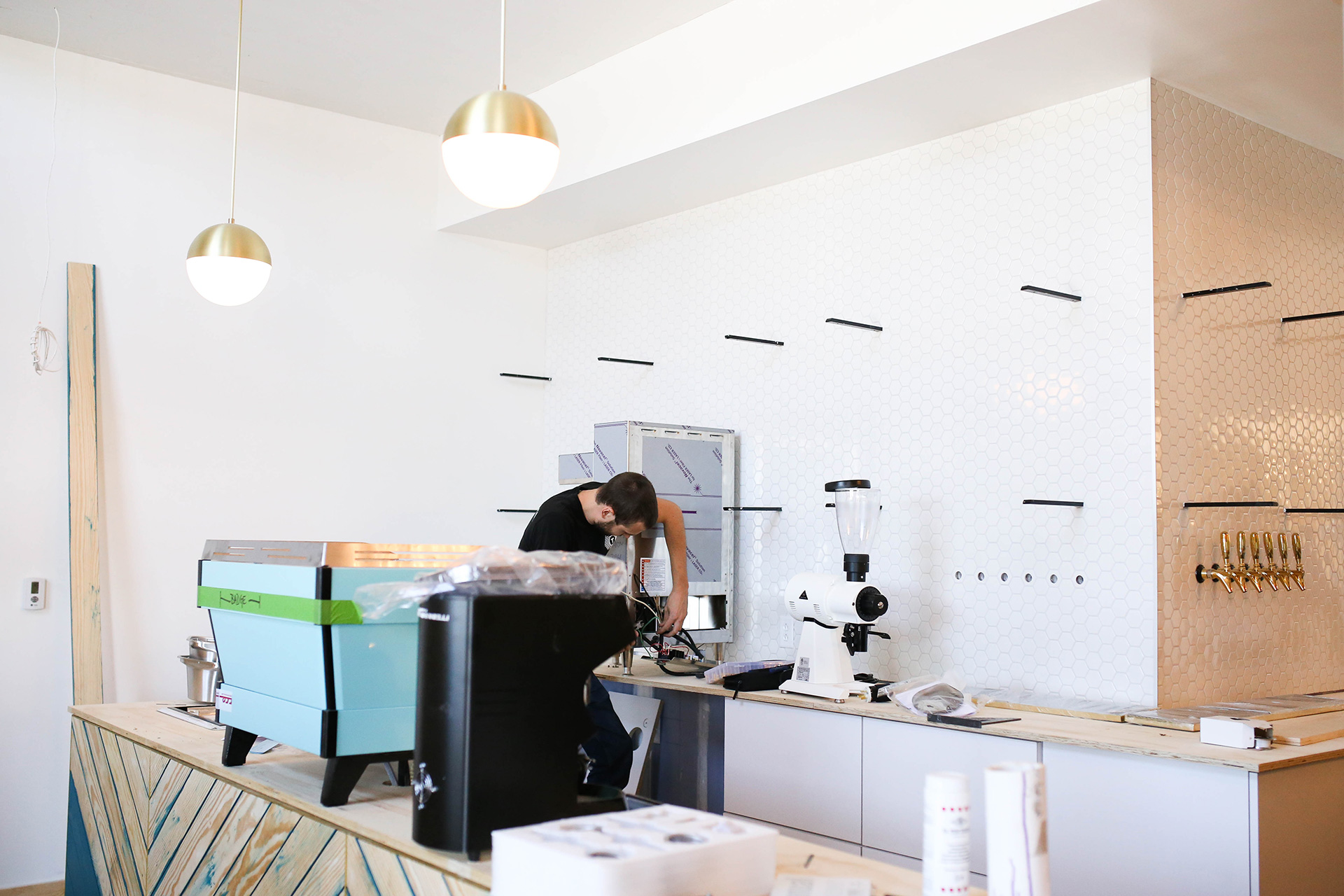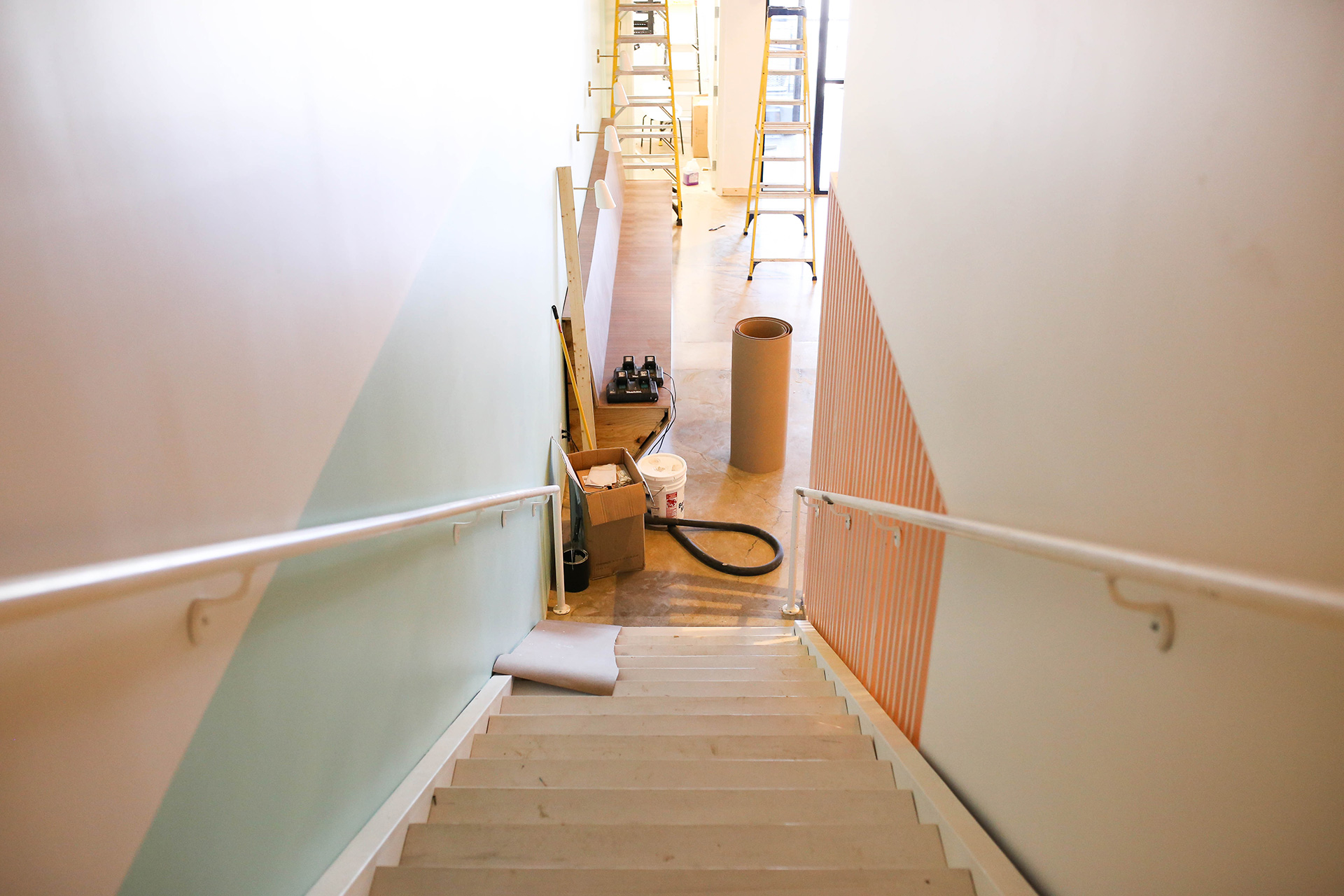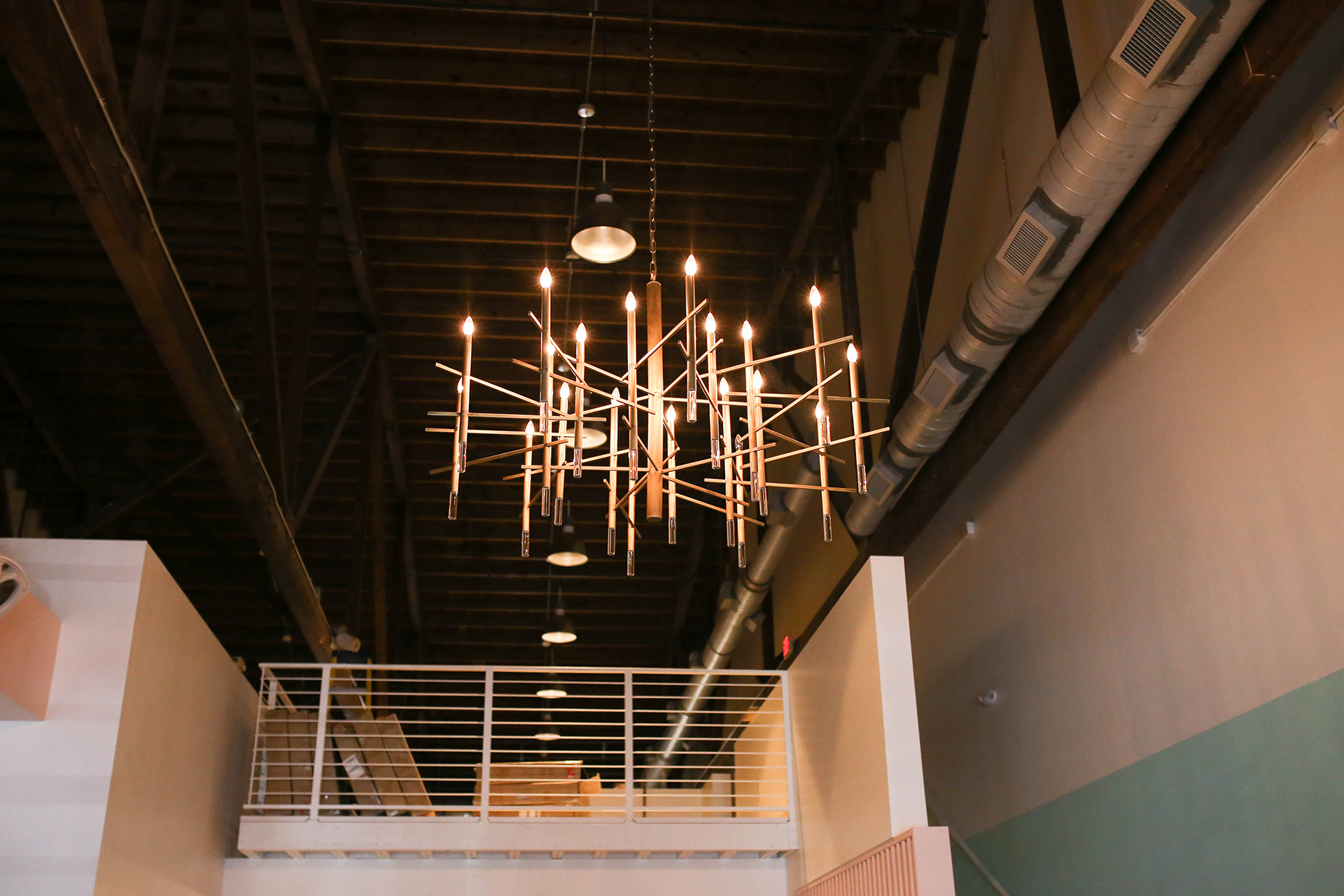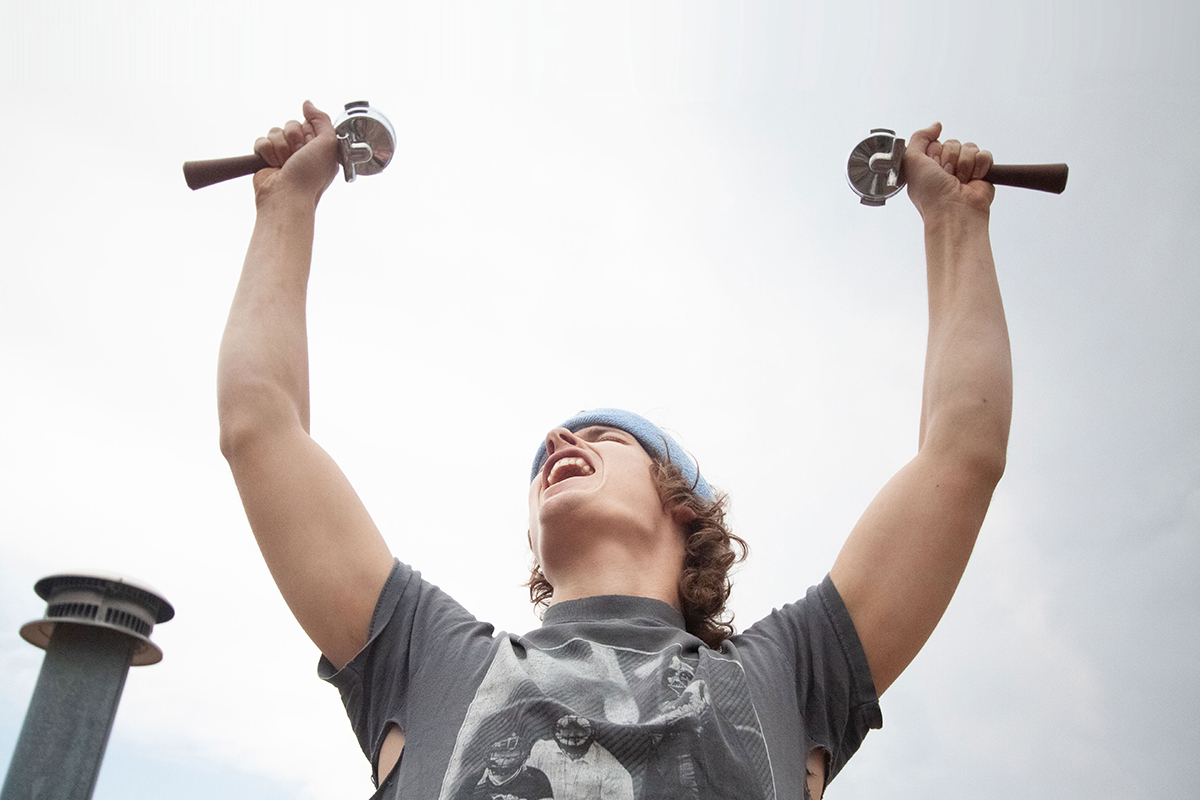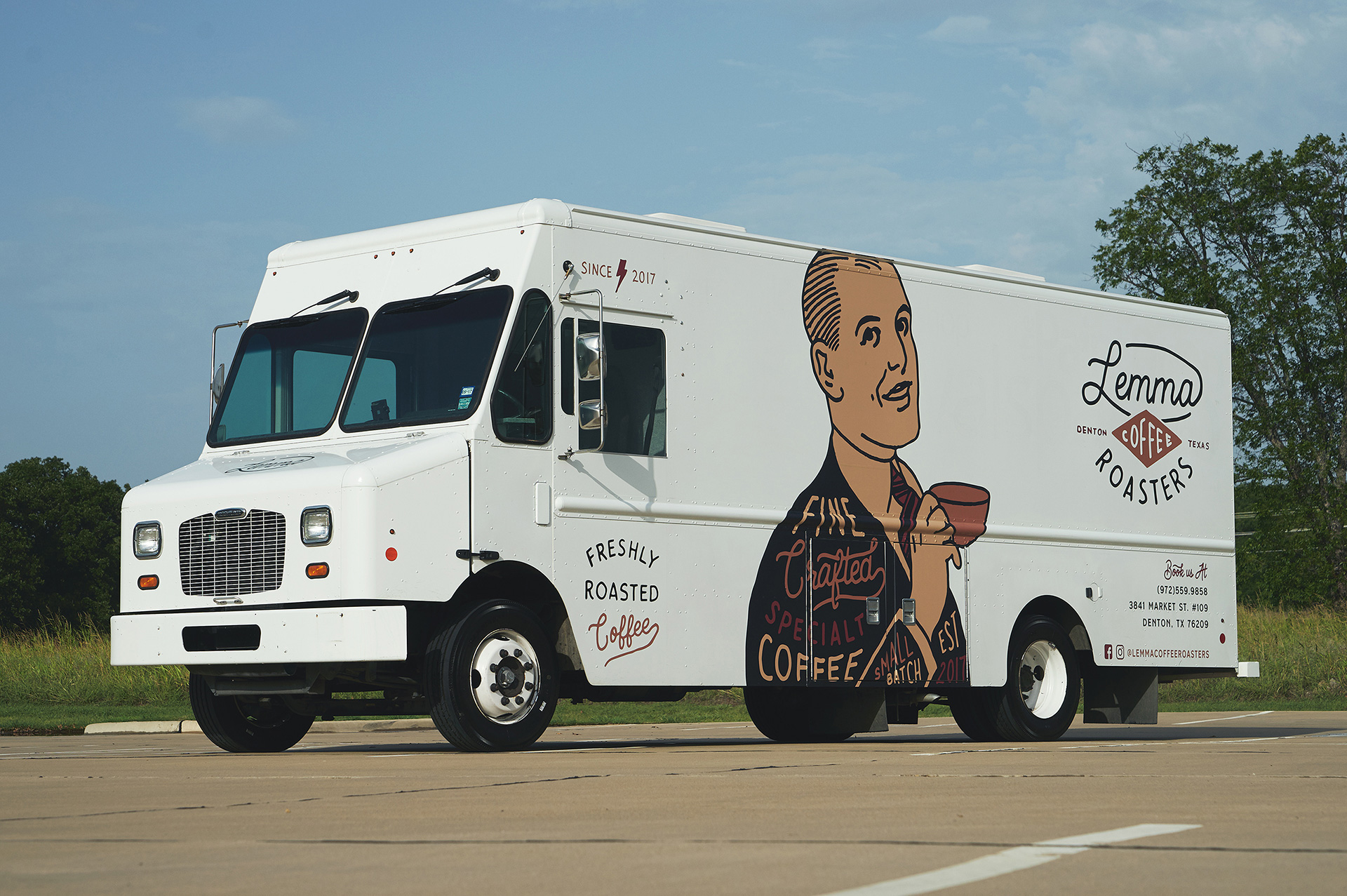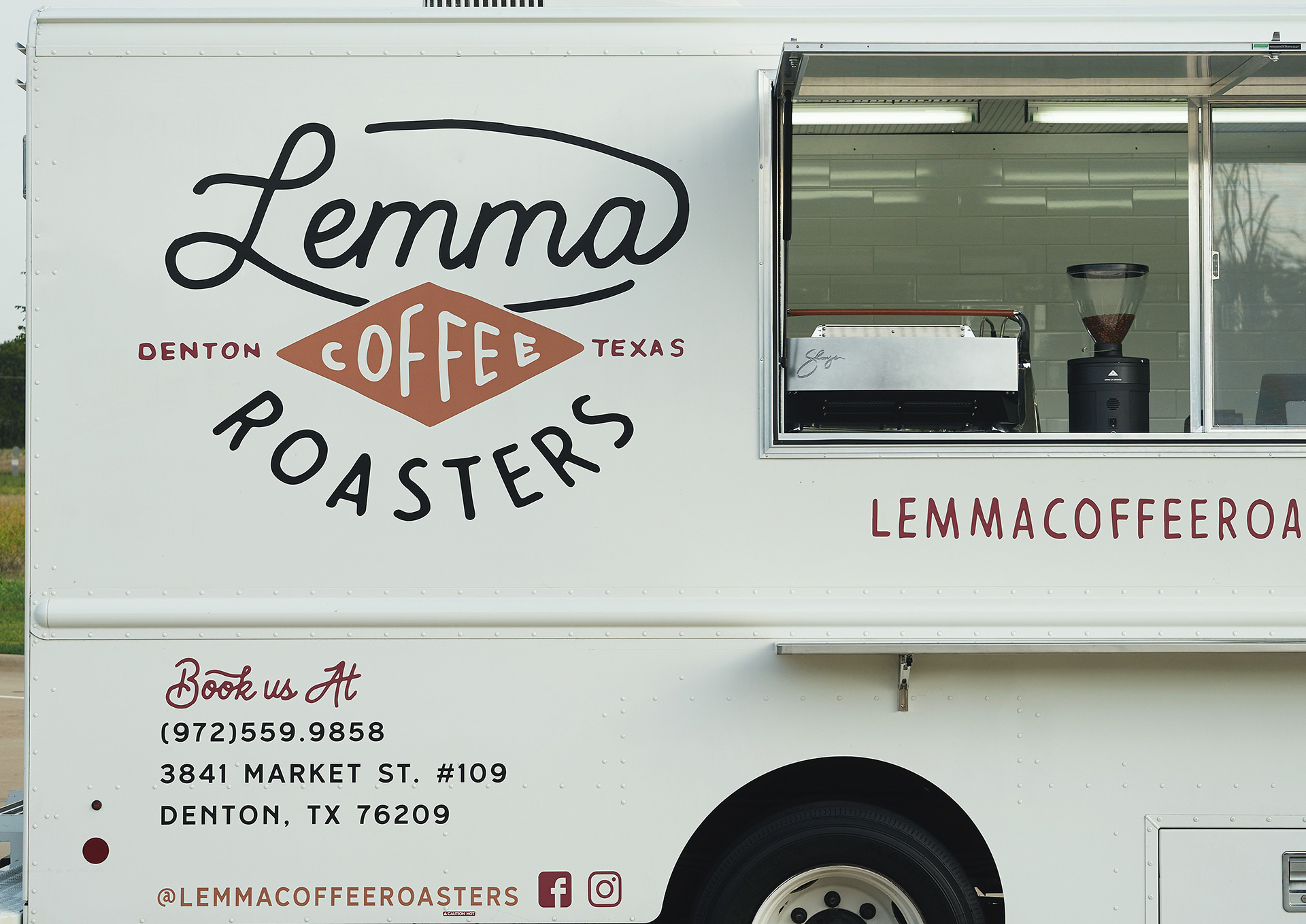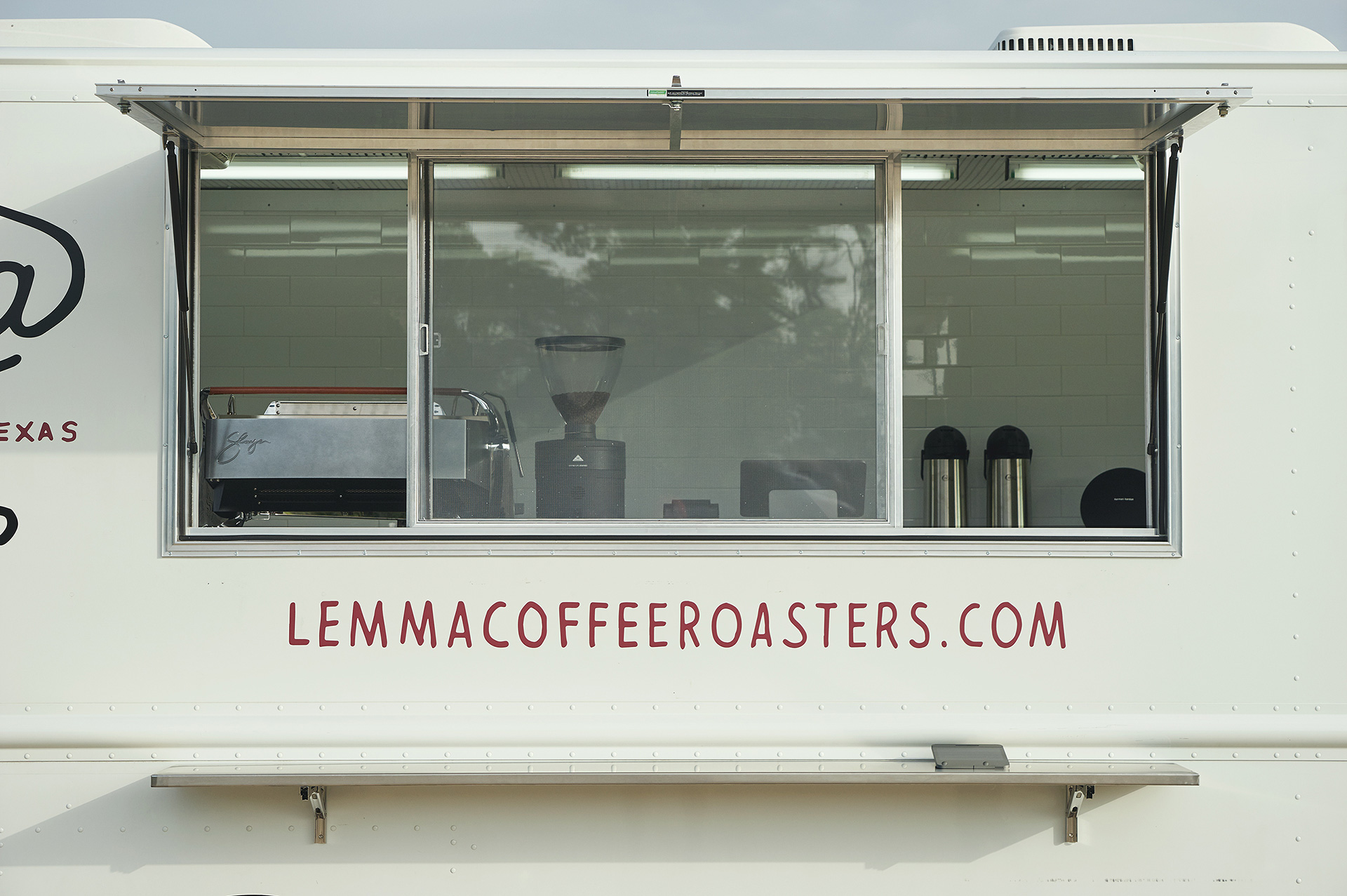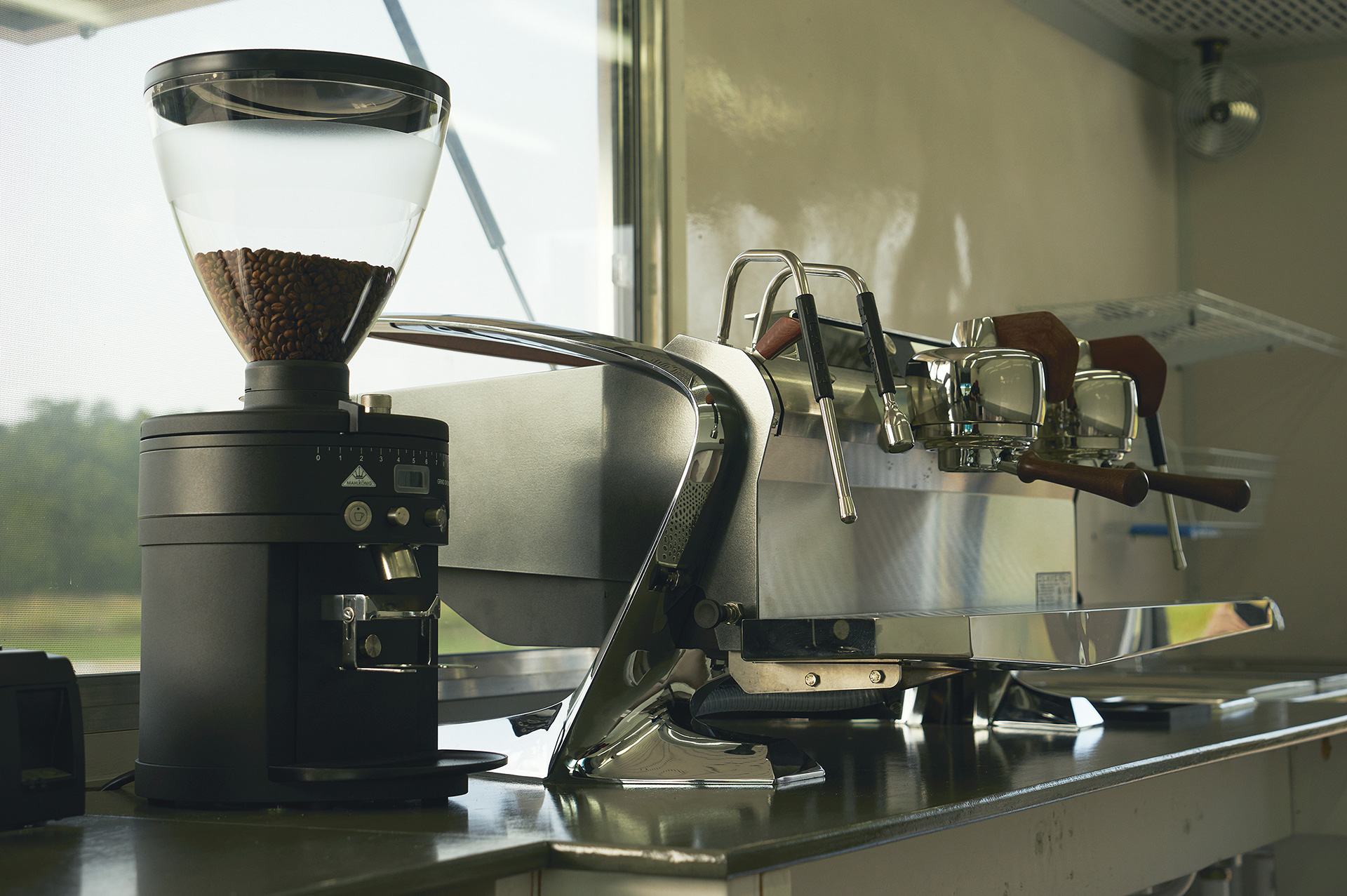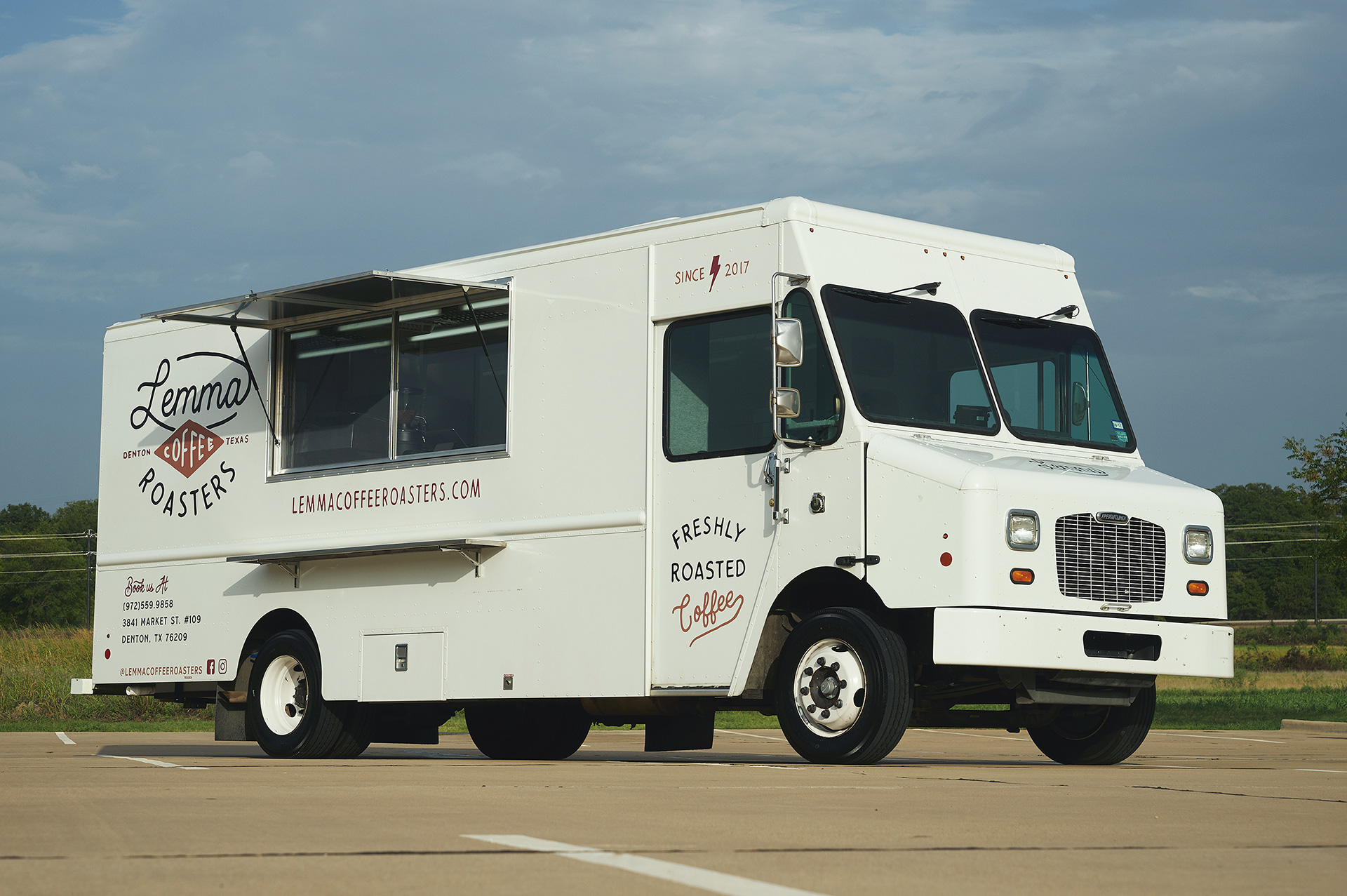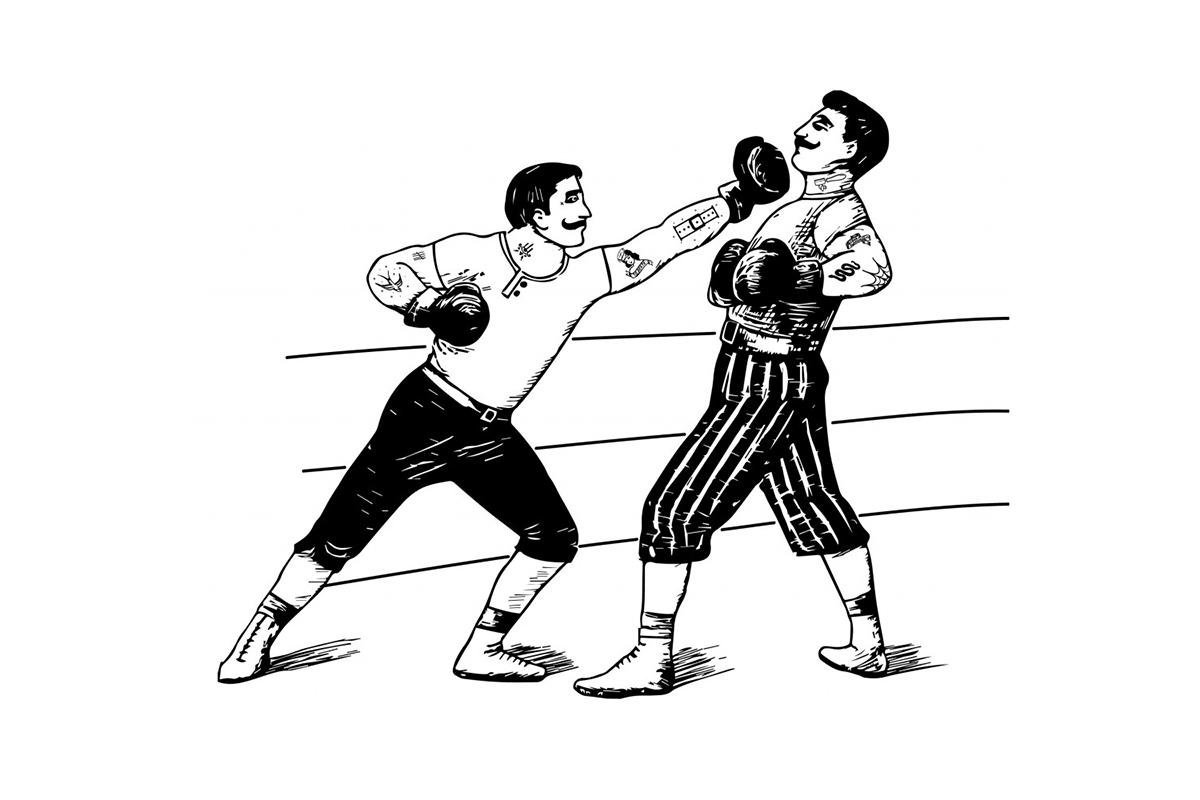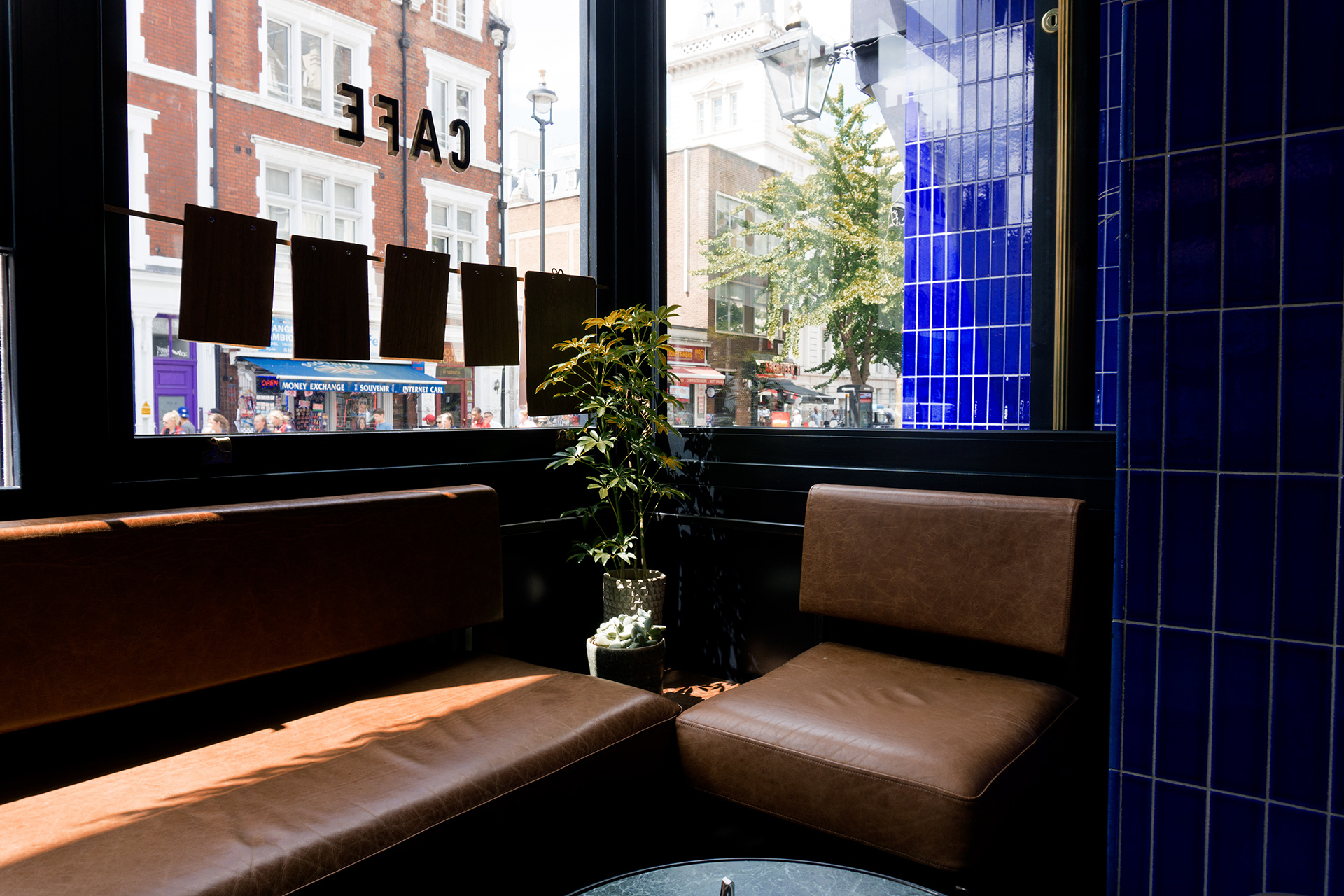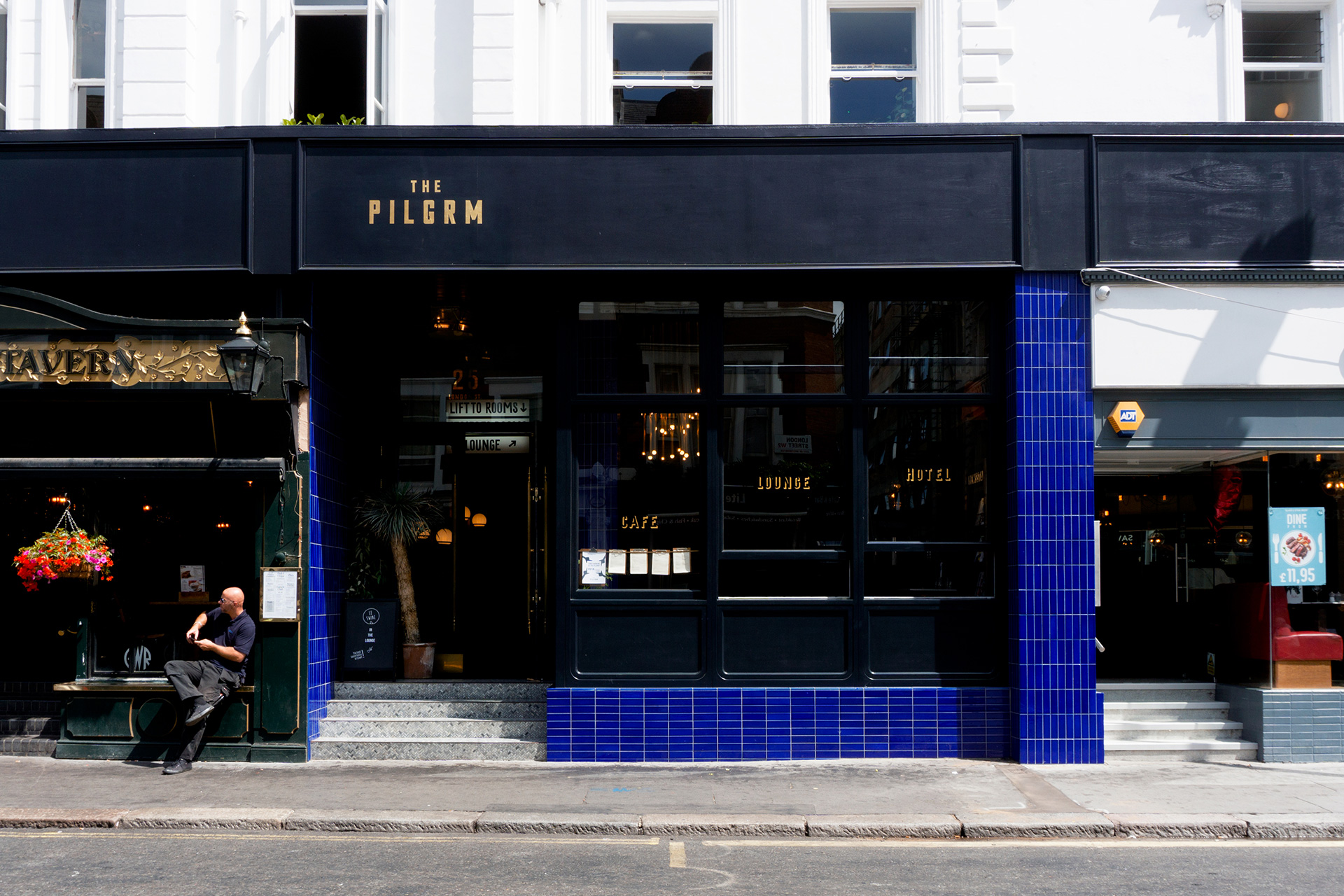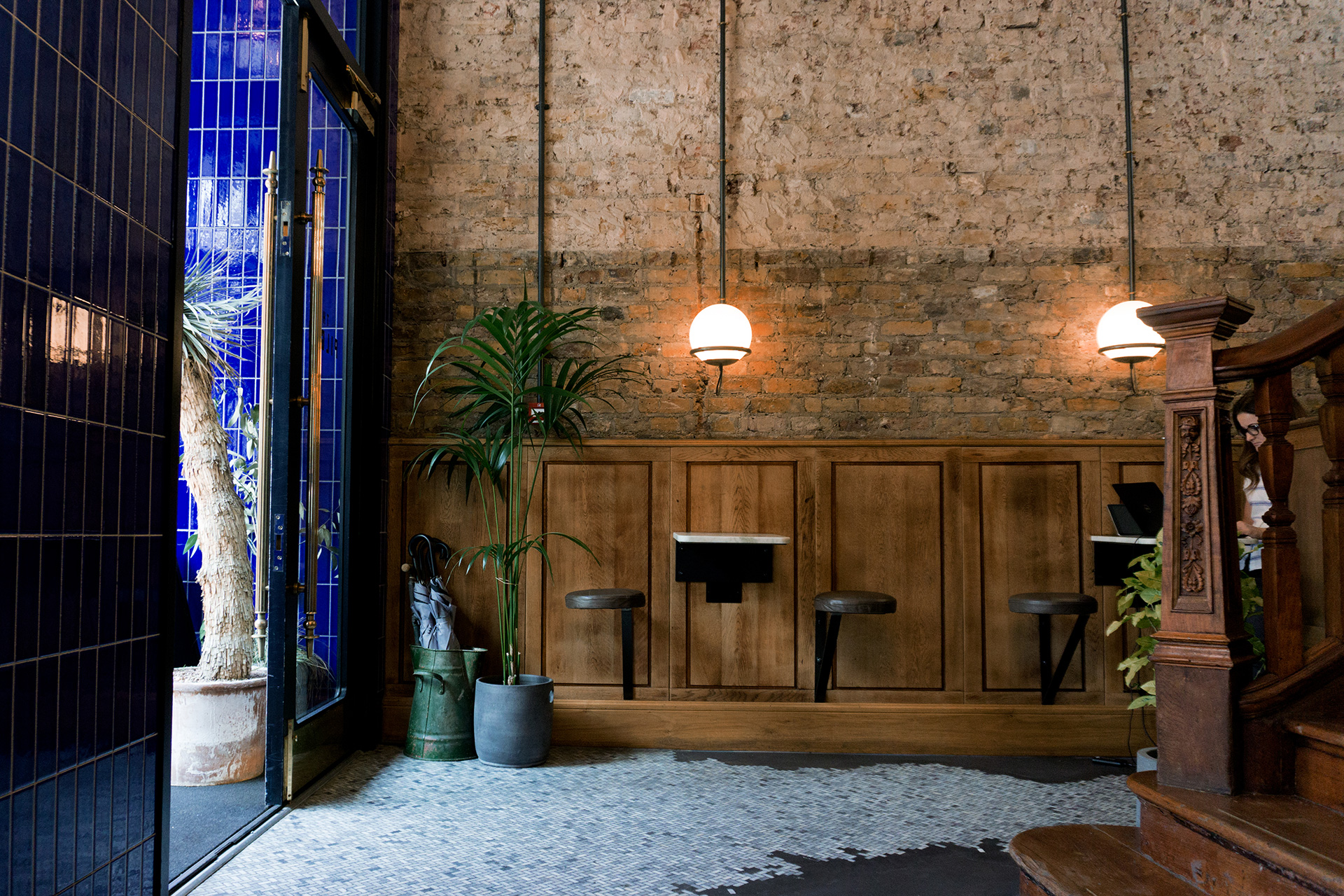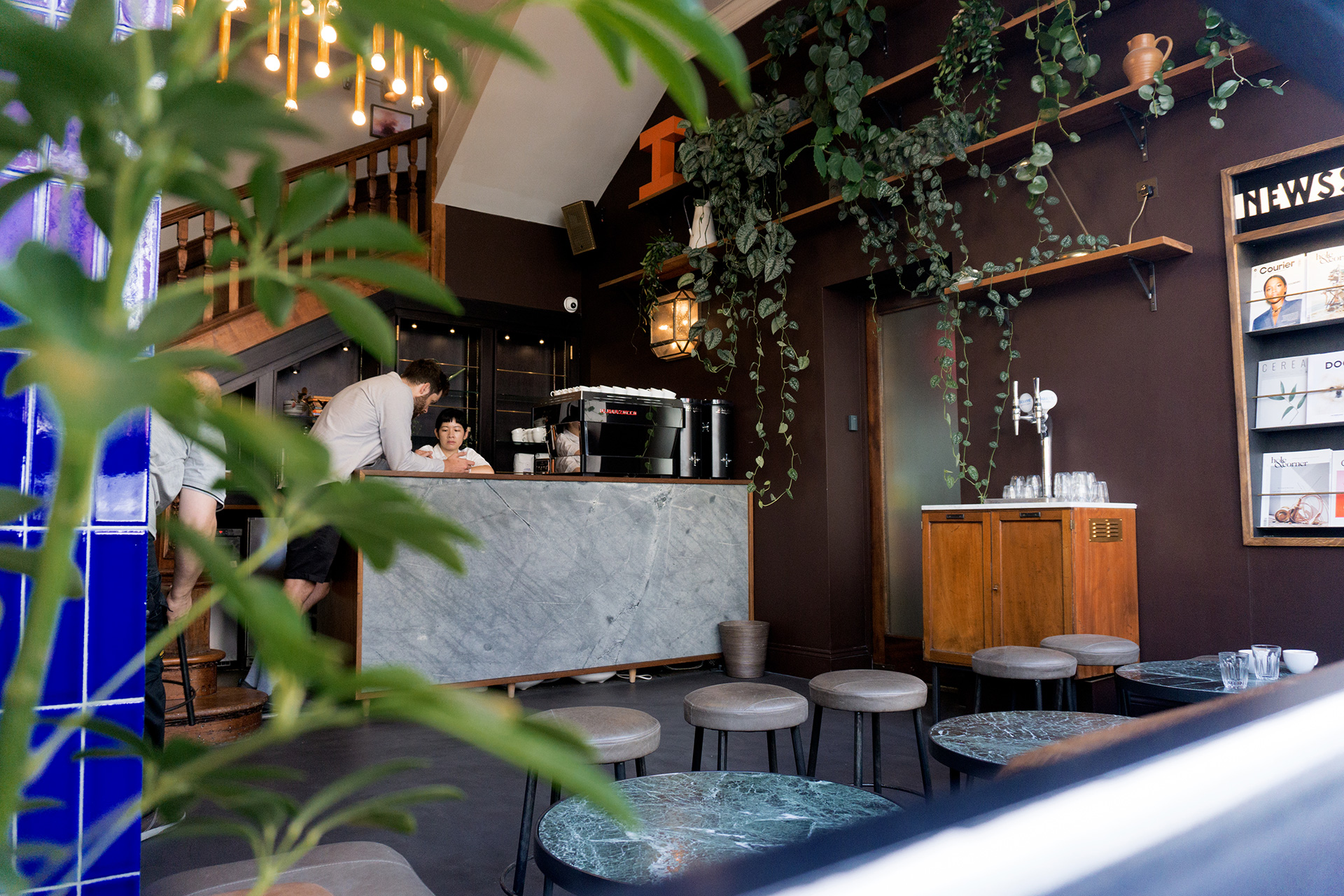When you get a sample of green coffee in your hands, how can you tell if it’s going to be good? Find the best roast profile? Show it off to potential customers?
And how can you do this as efficiently as possible, with minimal wastage and maximum accuracy?
The answer to all these questions is simple: sample roasting.
You might also like A Roaster’s Guide to Creating Coffee Blends
 Aïssatou Diallo, the European Lab Coordinator and Sales Rep at Caravela Coffee, uses an IKAWA digital micro-roaster to sample roast. Credit: IKAWA
Aïssatou Diallo, the European Lab Coordinator and Sales Rep at Caravela Coffee, uses an IKAWA digital micro-roaster to sample roast. Credit: IKAWA
What Is Sample Roasting?
Sample roasting is, in theory, simple: it’s roasting a small sample of green coffee. And there are several reasons why you might do it.
1. Evaluate Green Coffee Quality
The main goal of sample roasting is to objectively evaluate the quality and uniformity of green coffee, something that benefits everyone along the supply chain.
For green coffee exporters, importers, and roasteries, sample roasting is a crucial part of the sale and purchase of green coffee. “It’s determining the baseline quality of a certain coffee,” says Mose “Mani” Keleher, Head Roaster at Ancoats Coffee Co. in Manchester, U.K. “You take a small amount of coffee, and that small amount of coffee is going to represent that lot of coffee. You’re just trying to get a feel for it, turning it from green to brown, within set parameters.”
What’s more, it’s efficient. Ed Brown, U.K. Sales Manager for Ally Coffee, says, “You can’t tell what a coffee’s going to taste like when it’s green, and you don’t want to have to buy a sack of coffee and roast 50 kilos to then tell what it’s going to taste like… You can simply roast 50 g at a time and still be able to discern that.”
Through sample roasting, coffee companies can make sound purchasing decisions. But sample roasting is also incredibly relevant at origin. Whether it’s the producers themselves who are roasting and cupping the samples or it’s the buyers, who then pass the information back on to producers, it provides valuable insights into coffee quality. In turn, it indicates ways to improve agronomy practices and processing methods.
 Mauricio Contreras, a Q-grader in El Salvador, sample roasts coffee at Cooperativa Cuzcachapan to evaluate its quality. Credit: Dennis Tang via Flickr, CC BY-SA 2.0
Mauricio Contreras, a Q-grader in El Salvador, sample roasts coffee at Cooperativa Cuzcachapan to evaluate its quality. Credit: Dennis Tang via Flickr, CC BY-SA 2.0
2. Select an Ideal Roast Profile
When sample roasting to evaluate a coffee’s quality, you have two goals. One, you want to roast every coffee in the same way so you can compare them fairly. Two, you want to roast them in a way that will best display their profile.
But when roasting a coffee for consumption, you have a new set of goals: accentuate the coffee’s best features and craft a product that consumers will enjoy. This means experimenting with different roast profiles. And once again, sample roasting is the most efficient way to do so.
Discover more! Watch A Step-by-Step Video Guide to Developing a Roast Profile
3. Coffee Cuppings for Sales & Education
Whether it’s for end-consumers or potential wholesale customers, if you’re hosting a cupping for sales or education, your aim is once again different. In this case, you want each sample to highlight the coffee’s best features. That may mean roasting the Ethiopian Yigracheffe to accentuate its sparkling acidity or bringing out the sweetness of a natural processed Bourbon.
Yet while the aims are different, the principle is the same: you’re roasting a small sample of coffee so that it can be evaluated without waste.
 Green and roasted Brazilian coffee samples; the green sample will be inspected for visible defects, colour, and consistency of size. Credit: TJ Ushing/UC Davis, CC BY-SA 2.0
Green and roasted Brazilian coffee samples; the green sample will be inspected for visible defects, colour, and consistency of size. Credit: TJ Ushing/UC Davis, CC BY-SA 2.0
The Timeline From Coffee Samples to Retail Sales
Let’s say that you’re requesting green bean samples for purchasing. These will be sent out in sample sizes of typically 300–2,000 g. These relatively large samples should then be further divided into smaller ones (typically 50–200 g) for sample roasting.
Next, you want to roast all of your samples in a consistent way in order to determine the coffee’s general flavours. It’s important that your roast profile doesn’t obscure or highlight elements of the coffee’s profile. “You want to taste the coffee, not the roast,” Mani says. “You want a sense of neutrality – not to make the best of it with a tailored profile. That comes later.”
You should then cup the samples within 8–24 hours of roasting. At this point, roasters are looking out for the presence of defects, especially those that aren’t visible in the green beans. “Flavour defects like phenolic, mouldy, or taints from contaminants can also often only be detected after roasting,” says Roland Glew, Head Roaster at Has Bean Coffee, Staffordshire, U.K.
Once you’ve found a coffee you want to purchase, it’s time for a different kind of sample roasting. Now, you’re trying to select the best roast profile. Of course, “best” is subjective; every roaster will want to pull out different traits from a particular coffee.
When you’ve found your roast profile, it’s time to move on to production roasting. For commercial roasters, the entire process, from obtaining the sample to launching a new coffee for retail, can take between 1–3 weeks. This is also largely dependent on the speed at which you bid for and buy coffees. “You want to be fairly quick with [sample roasting],” Mani says, laughing. “Coffee goes so quickly!”
And then the process begins all over again! Roasteries are constantly on the lookout for coffees and also regularly sample roasting for quality control.
“Here at Colombo, we sample roast every new coffee we get in, at least once a week,” says Chad Whitby, Head Roaster and Assistant General Manager of Colombo Coffee in Durban, South Africa. He emphasises the stringent nature of the sample roast cupping, adding, “There’s a very strict protocol to ensure consistency.”
 Ethiopian producers cup coffee to check its uniformity and consistency. Credit: G. LaRue/USAID via Flickr, United States Government Work
Ethiopian producers cup coffee to check its uniformity and consistency. Credit: G. LaRue/USAID via Flickr, United States Government Work
Sample Roasting: The Process
While your process will depend on your goals, if you want to evaluate and compare green coffee quality, one of the most important things you can do is roast consistently. After all, you can’t accurately compare two coffees if one is much more developed.
This means that controlling all elements of the roast is key, from monitoring airflow, gas, and time to ensuring the green samples are accurately weighed and labelled. You don’t want to get your coffees (and data) mixed up down the line!
And don’t forget to visually assess the green coffee for defects before proceeding with the sample roast.
According to my interviewees, a typical sample roast on a traditional drum roaster (more on that to come!) may look something like this:
0:00: When the roaster has heated up, the green sample is loaded into the drum and the timer started.
~1:00–1:30: The temperature of the roasting chamber should be increased and airflow lowered. The temperature of the green coffee itself is starting to rise during this “turn-around phase.”
~3:00: Water from within the green coffee is escaping and needs to be released, or channelled, out of the roaster.
~ 3:30: A colour check is usually conducted: the beans should be turning yellow between 3:00–4:00.
~4:00: The coffee is definitely yellowing. Its moisture content has dropped to about 1.5% from the 10–12% water content at the start of the sample roast, and “browning” or “caramelisation” (the visible impact of the Maillard reaction) is taking place.
~6:30–7:30: Depending on the coffee, you will start to see and hear the signs of first crack. It is useful to do a quick aroma check, if possible, to spot any signs of scorching. You will probably need to increase your airflow to channel any remaining steam or smoke out of the roaster. This prevents it from affecting the taste of the roasted coffee.
~8:00–9:30: About 90–120 seconds after first crack, you’ll want to conclude the sample roast. Even if you normally roast to second crack, you should finish sooner when you’re roasting to evaluate green coffee quality. Keep the temperature constant to prevent stalling.
Finally, switch the roaster off and release the beans into the cooling tray. Now, the coffee can be analysed. You may want to consider colour spectrometry and roast weight differences as well as cupping.
 A dual-barrelled traditional drum sample roaster. Credit: Steven Brooklyn via Wikimedia Commons, CC BY-SA 3.0
A dual-barrelled traditional drum sample roaster. Credit: Steven Brooklyn via Wikimedia Commons, CC BY-SA 3.0
What Equipment Should You Use For Sample Roasting?
We’ve just looked at how you should sample roast on a traditional drum roaster. However, that’s not your only option.
-
Drum Roasters: The Traditional Method
Traditionally, sample roasting is done on a multi-barrelled drum sample roaster.
“Sample roasters are designed for very small batch sizes – around 30–300 g depending on the machine,” says Roland. “Many of them are able to roast several batches at the same time, having two, three, or four drums, typically all connected to the same drive shaft. That said, drum sample roasters typically operate very much like production drum roasters.”
In this method, the coffee is roasted mainly through heat transfer caused by a combination of airflow and conduction of heat from the drum. Conduction is the process in which beans gain heat from touching the inner surface of the roasting drum during the roasting process.
Airflow enters the roaster front-to-back through the openings on the surface of the drums, controlled by toggles on the front of the roaster. Heat is supplied through a flame ignited within the roaster. The inner drum rotates to keep the beans moving.
Airflow control is a complex issue, as it impacts the efficiency of heat transfer, as well as the retention of smoke or taints. It’s also worth noting that drum sample roasters often have limited airflow control.
 Cupping coffees roasted in the IKAWA digital sample roaster. Credit: IKAWA
Cupping coffees roasted in the IKAWA digital sample roaster. Credit: IKAWA
-
Digital Sample Roasters: Trendy Technology
In recent years, new tools have become available for sample roasting – namely, digital micro-roasters. Sample roasting on traditional roasters can be time- and resource-consuming. While sample evaluation is one of the most important activities a roastery will do, it can sometimes feel like a chore.
Digital micro-roasters offer programmable profiles, allowing users to consistently roast coffee to the same profile each time. They are often portable and use fluid-bed technology. This means the coffee circulates on a “bed” of constantly moving hot air, roasting through convection.
The results you get from a digital micro-roaster can be replicated and shared through saved sample-roast profiles, again and again. “Creating and sharing digital roast profiles through the supply chain enables a common language for sample roasting,” says Alex Georgiou, Head of Marketing at IKAWA. “Because you can share roast profiles by email, it minimises inconsistencies.”
-
Home Roasters: The Small-Scale Method
While many roasteries choose to invest in multi-barrelled drum sample roasters or digital roasters, others opt for a simpler and more affordable method: the countertop home roaster.
With their small size, they’re ideal for sample batches. They’re also more accessible for producers, who use them to evaluate coffee quality, and roasters with a smaller budget. And, of course, home roasters who wish to find the best roast profile for their beans without too much waste.
 Roasting on a Behmor 1600 Plus, a countertop roaster that Behmor donates to cooperatives around the world so producers can sample roast and cup their own coffee. Credit: Behmor
Roasting on a Behmor 1600 Plus, a countertop roaster that Behmor donates to cooperatives around the world so producers can sample roast and cup their own coffee. Credit: Behmor
Whether you’re evaluating green beans, developing your roast profile, or hosting a cupping, sample roasting is an essential skill for a roaster.
So remember: sample roast according to your goals. Select the right equipment. And carefully control and record all the variables.
Enjoyed this? Check out A Roaster’s Guide to Creating Coffee Blends
Written by Sierra Burgess-Yeo.
Perfect Daily Grind
Want to read more articles like this? Sign up for our newsletter!
from RSSMix.com Mix ID 8200593 https://www.perfectdailygrind.com/2018/08/roaster-basics-a-guide-to-sample-roasting/

